November 2019–February 2020
CRAC Occitanie, Sète
Faire Avec offers a broad overview of Éric Baudelaire’s research into the notion of resistance and the relationship between art and event, tackling topical political subjects which he explores with genuine visual poetry. Artist and filmmaker Éric Baudelaire has spent over fifteen years developing an experimental practice between art and documentary, examining the construction and staging of images, the interpenetration between fiction and reality, as well as the intimate and complex relationship that an author maintains with a subject. This relationship is the axis around which the exhibition at CRAC Occitanie has been conceived. In a recent text, writer Philippe Mangeot evoked Éric Baudelaire’s relationship to the question of authorship, and its crisis “to which he joyfully contributes: almost all of his work shows a process which ends with the subject of the work becoming a party to its creation.”
Entitled Faire Avec [To do With], the exhibition explores this principle, bringing together projects in which Éric Baudelaire converses with rather than on, enlisting other singular subjects to take part in developing works. Faire Avec also means inviting researchers, curators, activists and artists into and around the work, to probe it, extend it or even contradict it, opening new base lines where different languages can coexist. The exhibition title should also be understood as a method, an attitude towards the emergencies and upheavals of today’s world. Faire Avec means coming to terms with a reality that is slipping away, serial economic and political crises, the collapse of certainties and the difficulty of finding spaces for what is shared. Faire Avec does this with the tools of art and the joy of collective creation • Marie Cozette, curator

I. When There is no More Music to Write
This new project, created with music historian Maxime Guitton, unfolds a visual and sonic archive about the musical revolution at the heart of the work of composer and improvisor Alvin Curran, against a backdrop of collective creation and the dissolution of the author figure.
This new project, created with music historian Maxime Guitton, unfolds a visual and sonic archive about the musical revolution at the heart of the work of composer and improvisor Alvin Curran, against a backdrop of collective creation and the dissolution of the author figure.



II. The Anabasis of May and Fusako Shigenobu, Masao Adachi and 27 Years Without Images
Originally presented in 2011, the installation reactivated in the last room on the ground floor recounts the turbulent political journey of the Japanese Red Army beginning in the 1970s, through the voices of two of its protagonists.
Originally presented in 2011, the installation reactivated in the last room on the ground floor recounts the turbulent political journey of the Japanese Red Army beginning in the 1970s, through the voices of two of its protagonists.
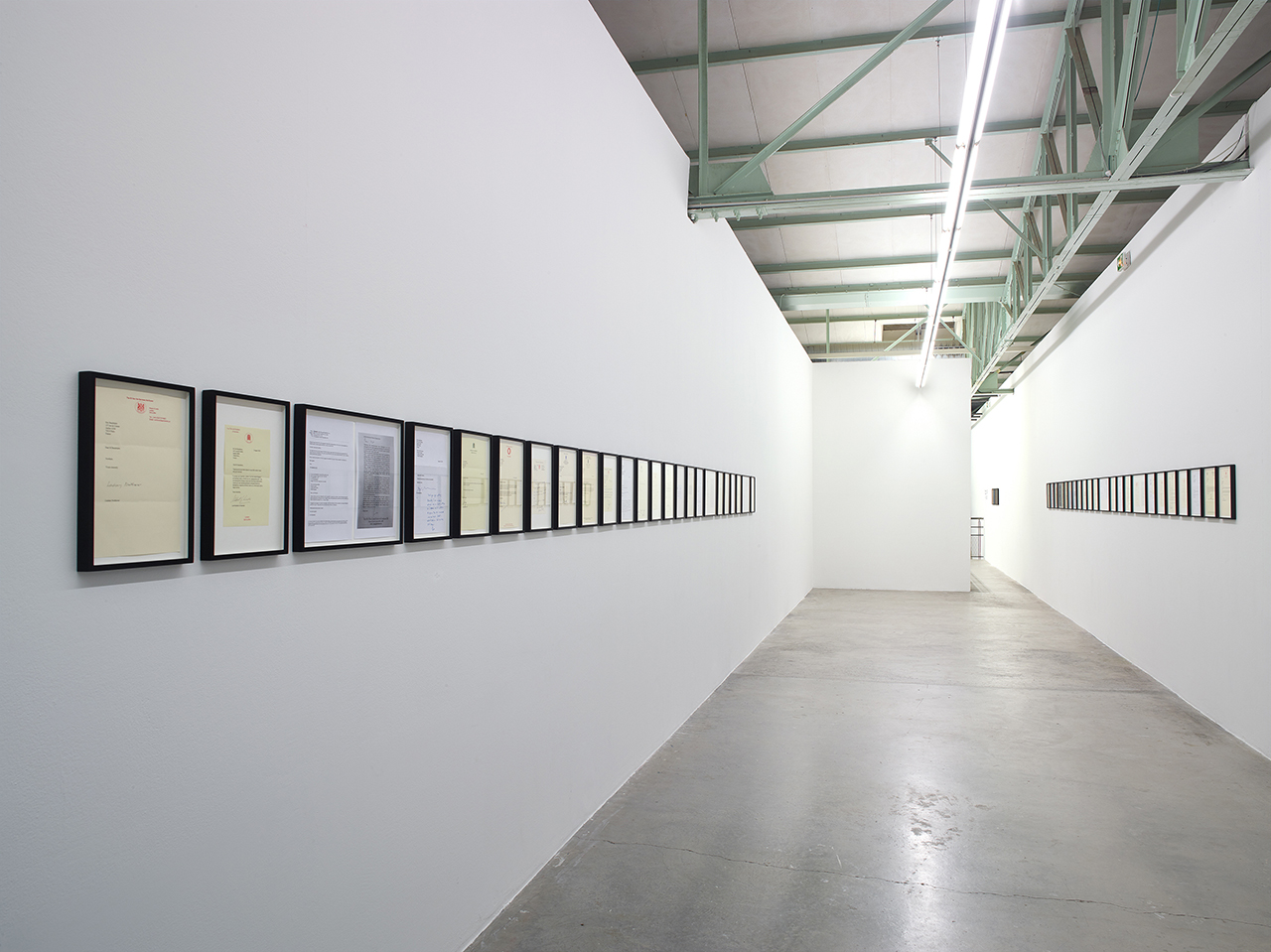
III. Where are you going?
Upstairs in the CRAC, this epistolary series (started in 2018) presents 53 replies received from British parliamentarians, in response to the question: “You are leaving Europe, but where are you going?”
Upstairs in the CRAC, this epistolary series (started in 2018) presents 53 replies received from British parliamentarians, in response to the question: “You are leaving Europe, but where are you going?”

IV. Un film dramatique
Éric Baudelaire’s Un film dramatique (2019) was shot over four years with 21 students at the Dora Maar middle-school in Saint-Denis. The film is at once a portrait of a generation and an in vivo experiment in horizontal and participatory education, looking back at collective image-construction and at shared discussions on the nature of film and on what we make together.
Éric Baudelaire’s Un film dramatique (2019) was shot over four years with 21 students at the Dora Maar middle-school in Saint-Denis. The film is at once a portrait of a generation and an in vivo experiment in horizontal and participatory education, looking back at collective image-construction and at shared discussions on the nature of film and on what we make together.





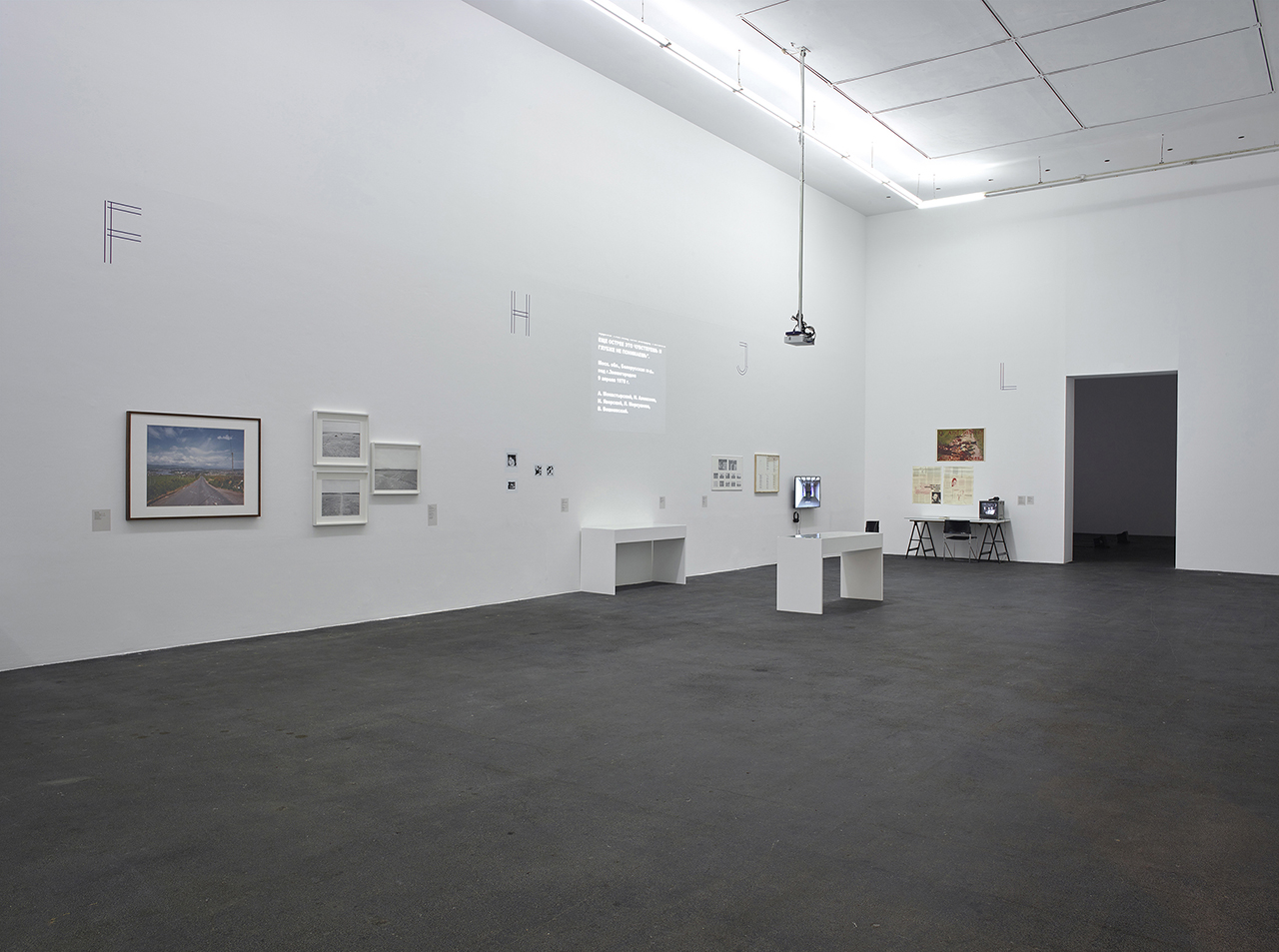

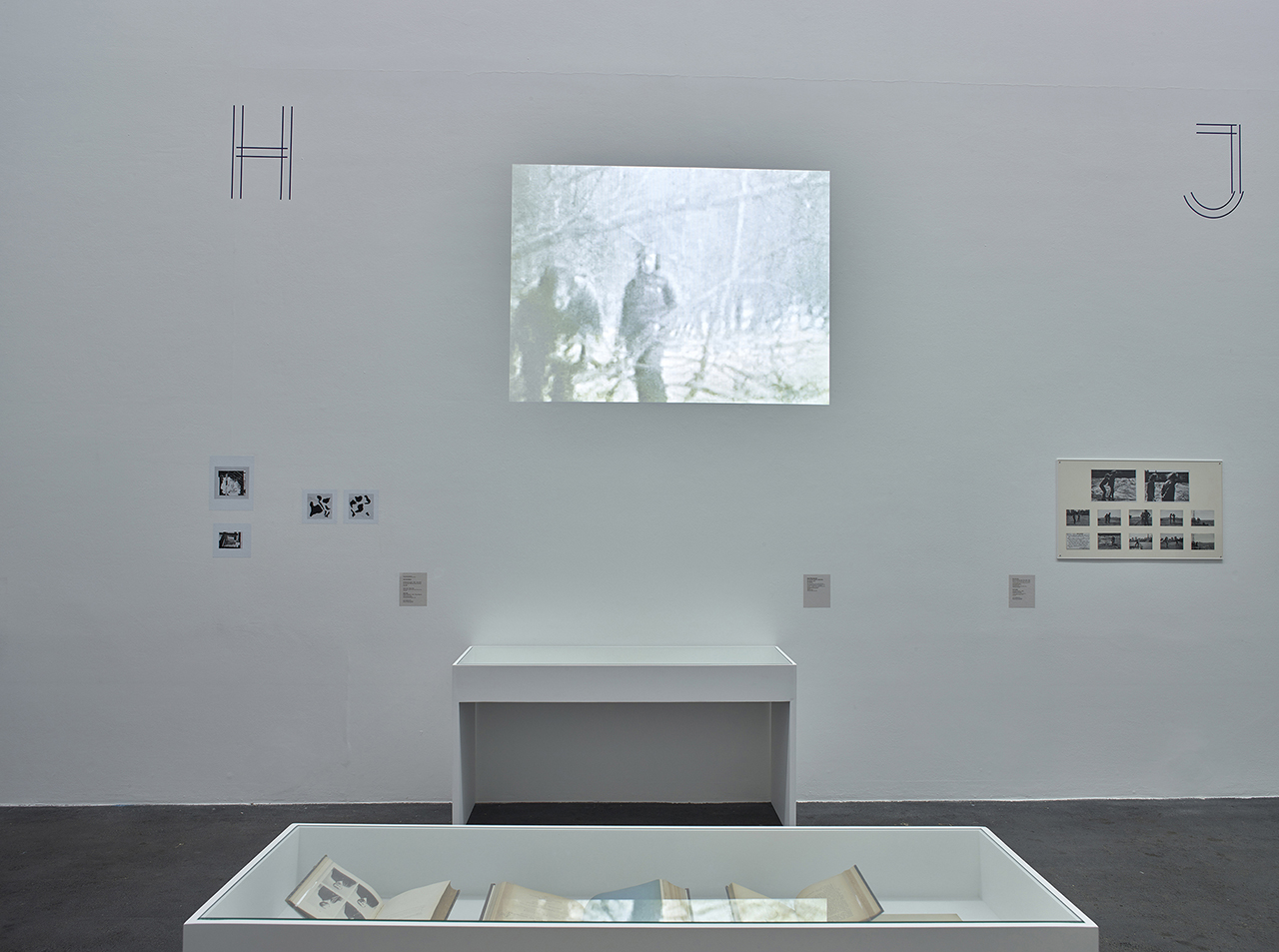


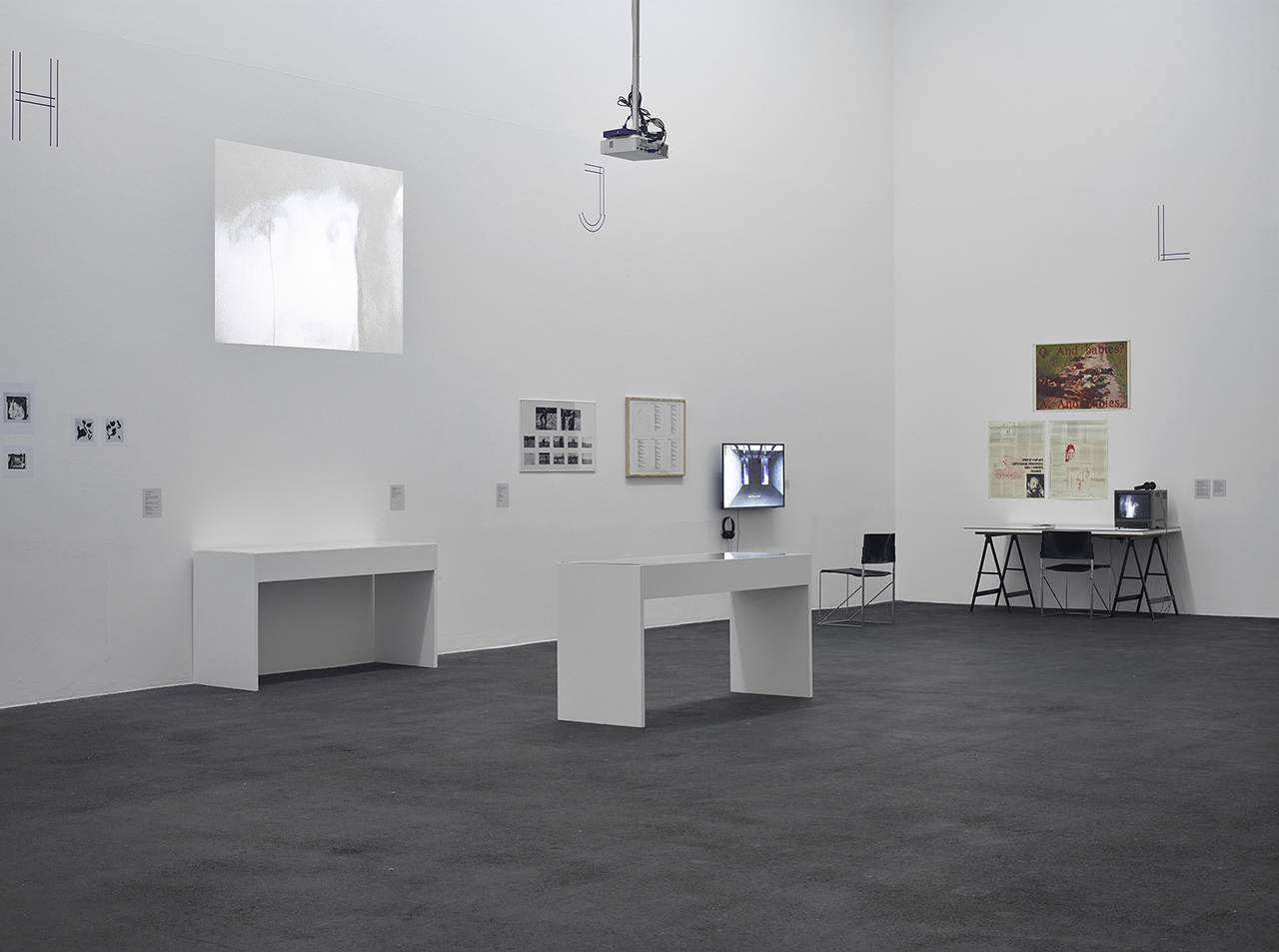


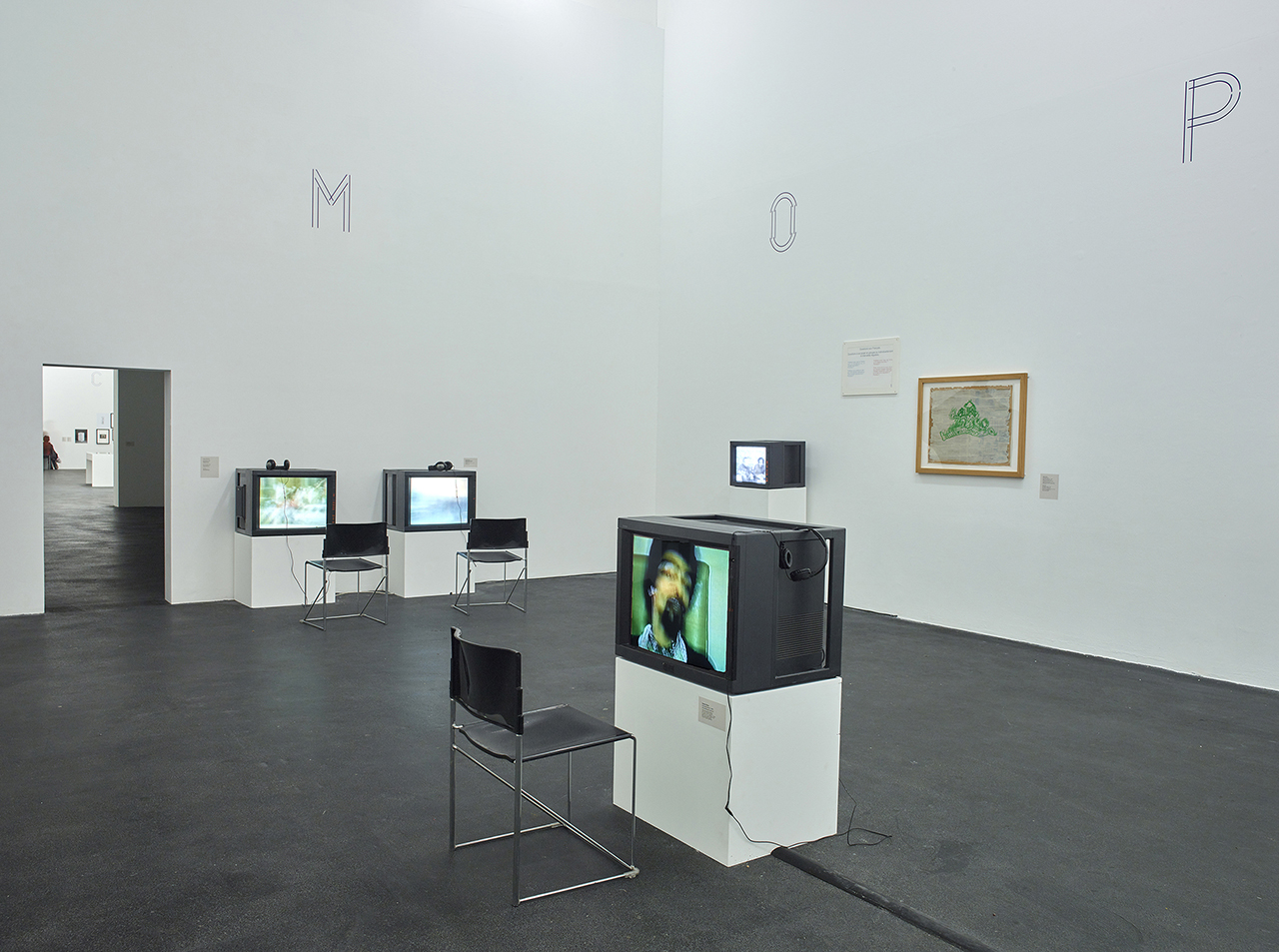

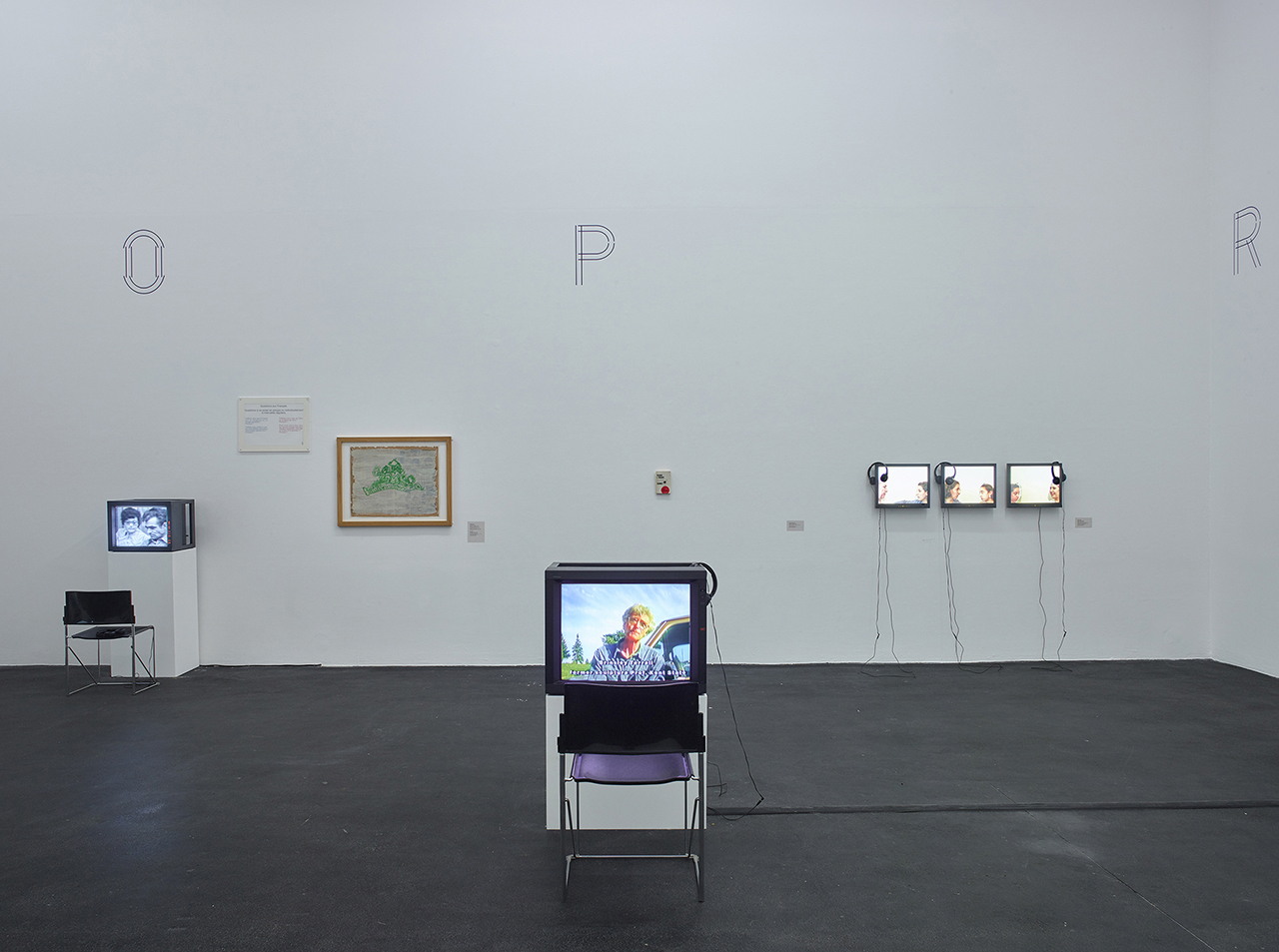



V. Après
On the ground floor, the first three rooms host the reactivation of an exhibition first conceived in 2017 with Marcella Lista for the Centre Pompidou. Revolving around the film Also Known as Jihadi (2017), a portrait of a young Frenchman who left for Syria in 2013, Après is structured by an underlying question: what can art do in the face of events? The project ponders this through a selection of works and an incomplete, arbitrary and intuitive abecedary that guides the arrangement of the works: A for architecture, C for commemorate, J for justice, etc.
On the ground floor, the first three rooms host the reactivation of an exhibition first conceived in 2017 with Marcella Lista for the Centre Pompidou. Revolving around the film Also Known as Jihadi (2017), a portrait of a young Frenchman who left for Syria in 2013, Après is structured by an underlying question: what can art do in the face of events? The project ponders this through a selection of works and an incomplete, arbitrary and intuitive abecedary that guides the arrangement of the works: A for architecture, C for commemorate, J for justice, etc.